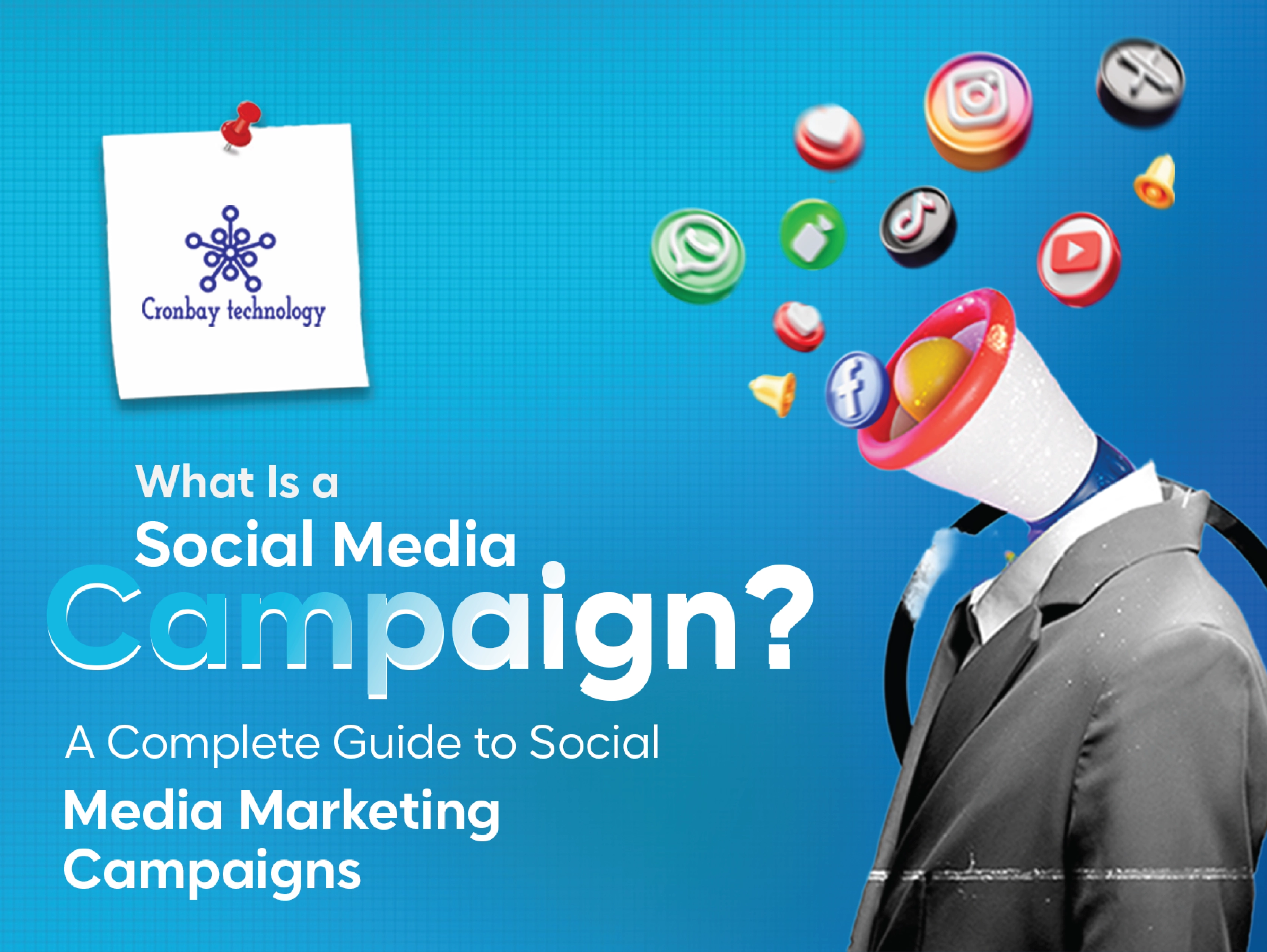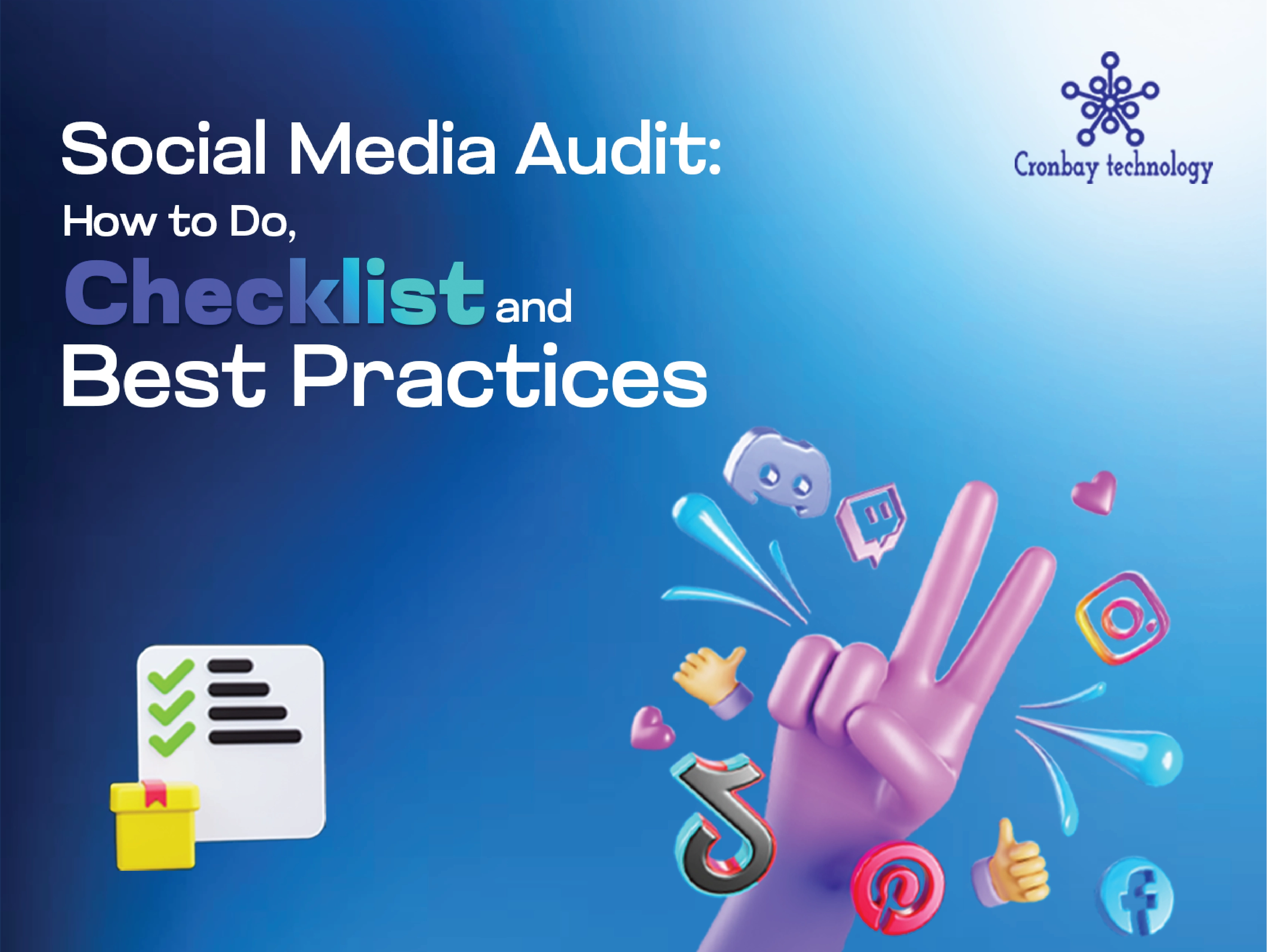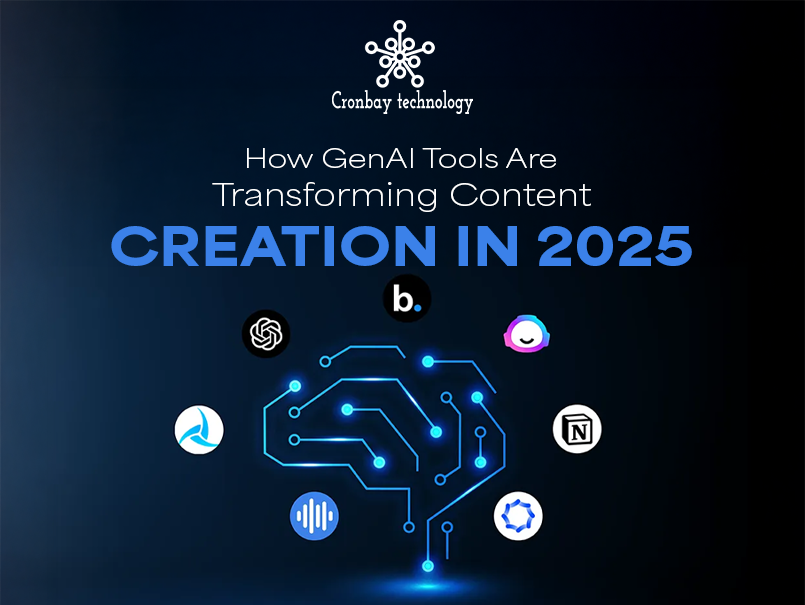Hello, marketing enthusiasts! Are you confused about retargeting vs. remarketing and unsure which one to use? If yes, can you please let us know: Have you ever noticed ads following you after visiting a website or receiving an email reminding you about items left in your cart?
Sure you must have come across this. This is what we call retargeting and remarketing. Just like CPC & PPC help businesses reconnect with potential customers, retargeting and remarketing do the same thing.
But, the working of both the strategies differ a lot. Whether it's Facebook retargeting vs. remarketing or Google Ads retargeting vs. remarketing, knowing how each strategy functions will help you make the right choice. To make things easier, Cronbay Technologies is here to break it all down for you.
In this blog, we will explain the differences between retargeting and remarketing, helping you decide which one suits your business best. So, let’s get started!
What Is Retargeting??

Before we answer - retargeting vs remarketing: which is better? Let us understand the basics of both strategies.
Retargeting is a digital marketing strategy that focuses on showing ads to users who have previously visited your website or interacted with your brand but didn’t take action. To understand this in a better way, let us take a simple example.
For instance, imagine you visit an online store to check out a pair of shoes but leave without purchasing. Later, while browsing Facebook, you see an ad for the same shoes. This is retargeting. It reminds potential customers about products they showed interest in, encouraging them to return and complete the purchase.
How Retargeting Strategy Works?

Here’s how the retargeting strategy works:
Step 1: User Visits Your WebsiteA user visits a website and browses through products or services but leaves without making a purchase or taking any action.
Step 2: Tracking Through Cookies or PixelsA tracking pixel or cookies is placed on the website. These cookies store the visitor’s data, allowing you to track the visitor's browsing behavior.
Step 3: Adding Users to a Retargeting List Once the visitor's data is tracked, they are categorized into specific retargeting lists based on their actions, for example, product viewers vs. cart abandoners.
Step 4: Displaying Targeted Ads Using the retargeting list, personalized ads are shown to the visitor across various platforms, serving as reminders of the exact products or services they previously explored.
Step 5: Bringing Users Back to ConvertWhen the visitor sees the ad and clicks on it, they are redirected to the website. This increases the chances of them completing a purchase, signing up, or taking any other desired action.
What are the Common Channels of Retargeting?

Some of the common channels for retargeting include:
1. Google Ads Retargeting:Best for brands like e-commerce, SaaS, and service-based businesses seeking wide audience reach across websites, YouTube, and search results.
2. Facebook & Instagram Retargeting:Perfect for brands like fashion, beauty, lifestyle, and D2C seeking high engagement and visual storytelling using carousel ads, video content, or dynamic product ads.
3. LinkedIn Retargeting: Best for brands like SaaS companies, corporate training programs, and service providers seeking B2B lead generation and professional networking.
4. YouTube Retargeting: Recommended for brands like educational platforms, and entertainment brands seeking strong brand recall through video content.
5. X Retargeting: Formerly known as Twitter retargeting, this strategy is great for brands like tech startups or news agencies seeking real-time engagement and trend-based marketing.
What Is Remarketing?

Remarketing is a strategy used to reconnect with people through email marketing who have already interacted with your business but didn’t take action.
For example, imagine you add a pair of shoes to your cart but leave without buying them. A few hours later, you get an email saying, ‘Still thinking about these shoes? Get 10% off if you buy now!’ This is called remarketing. It sends reminders, special offers, or personalized messages to bring customers back.
How Remarketing Strategy Works?

Here's how the remarketing strategy works:
Step 1: User Interaction A visitor browses a website, views products, or adds items to their cart but leaves without making a purchase.
Step 2: Data CollectionThe website collects contact information like email or phone number is collected through sign-ups, past purchases, or abandoned cart details.
Step 3: Personalized Messaging Then, visitors are sent tailored emails, SMS, or notifications with reminders, discounts, or special offers related to what they viewed.
Step 4: Re-engagement The user sees these messages, gets reminded of the brand, and is encouraged to return to complete the purchase.
Step 5: ConversionThe user revisits the website, takes action for instance, buys a product, signs up, or engages, and becomes a loyal customer.
What are the Common Channels of Remarketing?

Email Marketing: Best for brands like e-commerce stores, SaaS companies, and service providers looking to nurture leads and recover abandoned carts.
SMS Marketing: Best for businesses like retail stores, hospitality, and local services that want to send quick offers and reminders directly to customers.
Push Notifications: Best for mobile apps, news platforms, and gaming companies aiming to keep users engaged and increase app retention.
WhatsApp & Messenger Marketing: Best for brands like D2C businesses, coaching programs, and customer service providers that want to build personalized relationships with customers.
Direct Mail Marketing: Best for luxury brands, real estate companies, and high-ticket services looking to create a lasting impression through personalized offline communication.
That’s a wrap on the basics of retargeting and remarketing. Now, let us dive into the key differences between retargeting and remarketing and determine which one suits your needs best.
7 Key Differences Between Retargeting and Remarketing

| Aspect | Retargeting | Remarketing |
|---|---|---|
| Definition | Shows ads to users who visited a website but didn’t convert. | Sends emails or messages to re-engage past visitors or customers. |
| Main Channel | Uses paid ads on platforms like Google, Facebook, and Instagram. | Uses emails, SMS, and direct messages. |
| Target Audience | Website visitors who browsed but didn’t take action. | Customers who interacted with the business before. |
| Tracking Method | Uses cookies or tracking pixels. | Uses customer contact details. |
| Best For | E-commerce or retail brands who want to stay visible. | Businesses looking to increase loyalty and repeat sales. |
| Engagement Type | Works through visual ads and banners. | Works through personalized messages and emails. |
| Conversion Focus | Encourages users to return and complete a purchase. | Builds relationships and brand trust for future purchases. |
Now, you must be clear between retargeting vs remarketing. It's time to answer the big question: retargeting vs remarketing: which is better?
Ideally, the right choice depends on your business goals and target audience. Below is a breakdown that will help you decide which one is right for your business.
Retargeting vs Remarketing: Which is Better?
Choose retargeting if you want:
- To target users who visited your website but didn’t convert.
- To show personalized ads to remind users of specific products or services.
- To drive traffic back to your website through display ads.
- To reach users across multiple platforms like Google, Facebook, and Instagram.
- To increase conversions for e-commerce, SaaS, or B2B services.
Choose remarketing if you want:
- To re-engage past customers and encourage repeat purchases.
- To nurture leads through personalized email or SMS campaigns.
- To remind users about abandoned carts or incomplete sign-ups.
- To build long-term relationships with your audience.
- To promote subscription renewals or upsell to existing customers.
Bonus Tip: When to Use Retargeting & Remarketing Together?
Using retargeting and remarketing together is a great strategy when you want to:
- Re-engage visitors who browsed your website but didn’t convert.
- Nurture leads through personalized email campaigns while reinforcing your brand with targeted ads.
- Maximize conversions by staying visible across multiple touchpoints.
- Build long-term relationships with past customers and encourage repeat purchases.
Final Words
Both retargeting and remarketing are powerful strategies that help businesses reconnect with potential customers. While retargeting focuses on showing ads to website visitors who didn’t convert, remarketing nurtures leads and encourages repeat purchases through personalized messages. Need help with retargeting and remarketing for your business? Contact us today and let us together craft the perfect strategy that boosts your conversions! Cronbay Technologies.
Frequently Asked Questions
1. What is the difference between retargeting and remarketing?
Ans. The key difference between retargeting and remarketing lies in their approach. Retargeting focuses on showing paid ads to users who have previously visited your website but didn’t convert. Conversely, remarketing primarily involves re-engaging users via email marketing. It targets people who have interacted with your business before, such as past buyers or those who abandoned their cart, by sending personalized emails to bring them back.
2. Retargeting vs remarketing: which is better?
Ans.To answer retargeting and remarketing: which is better primarily depends on your goals. If you want to re-engage website visitors with ads across different platforms, go for retargeting. If your focus is on nurturing leads and recovering lost sales through email marketing, remarketing is the better option.
3. What is the difference between Facebook retargeting vs. remarketing?
Ans. The difference between Facebook retargeting vs. remarketing lies in how both strategies re-engage potential customers.
4. How does Google Ads retargeting vs. remarketing work?
Ans.The difference between Google Ads retargeting vs. remarketing lies in their approach to reconnecting with potential customers. Google Ads retargeting displays ads to users across Google’s Display Network, YouTube, and search results after they visit your website but leave without converting. Remarketing, however, involves sending tailored email campaigns to past visitors or customers, reminding them of your products, offers, or abandoned carts.





